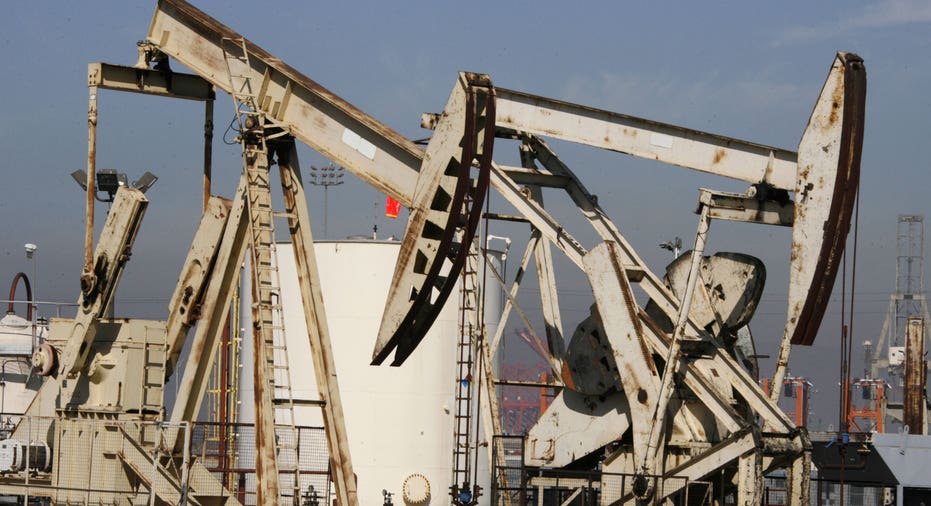Oil markets mixed as U.S crude, Brent move in opposite directions

Oil markets were split on Tuesday, with U.S. crude pushed up by reduced flows from Canada while international Brent prices eased.
U.S. West Texas Intermediate (WTI) crude futures were at $62.38 a barrel at 0518 GMT, up 70 cents, or 1.1 percent, from their last settlement.
Traders said the higher WTI prices were a result of reduced flows from Canada's Keystone pipeline, which has been operating below capacity since late last year due to a leak, cutting Canadian supplies into the United States.
Outside North America, Brent crude eased on the back of a dip in Asian stocks and a stronger dollar, which potentially curbs demand as it makes fuel more expensive for countries using other currencies domestically.
Brent crude futures were at $65.48 per barrel, down 19 cents, or 0.3 percent, from their last close.
The opposing price direction of the two main crude benchmarks has sharply reduced WTI's discount to Brent, to around $3.22 per barrel on Tuesday, down from over $7 in late 2017.
Overall, oil markets remain well supported due to supply restraint by the Organization of the Petroleum Exporting Countries (OPEC), which started last year in order to draw down excess global inventories.
OPEC Secretary-General Mohammad Barkindo said on Monday the organization registered 133 percent compliance with agreed output reduction targets in January.
Barkindo said compliance last year stood at 107 percent.
Global oil demand for 2018 is estimated to grow 1.6 million barrels per day due to an "encouraging environment," Barkindo added.
"OPEC and Russia continue to support the production cuts that are due to expire at the end of this year, and they assure markets that there will be an orderly ramp up of production once the cuts expire," said William O'Loughlin, investment analyst at Australia's Rivkin Securities.
While most of OPEC, especially its de-facto leader Saudi Arabia, is showing strong support for the production restraint, non-OPEC producer Russia has shown signs it may at some stage gradually start to increase output again.
Saudi Arabia - not least in an attempt to give the planned listing of its state-owned oil giant Saudi Aramco - a boost, is keen for Russia and other producers to keep withholding supplies to prop up prices.
But soaring U.S. production is threatening to erode OPEC's efforts.
Last week, the amount of U.S. oil rigs drilling for new production rose for a fourth straight week to 798, in an indication that U.S. crude output, already at a record 10.27 million bpd, may rise further.
The United States late last year became the world's second biggest oil producers, only slightly behind Russia and ahead of top exporter Saudi Arabia.
(Reporting by Henning Gloystein Editing by Joseph Radford)



















